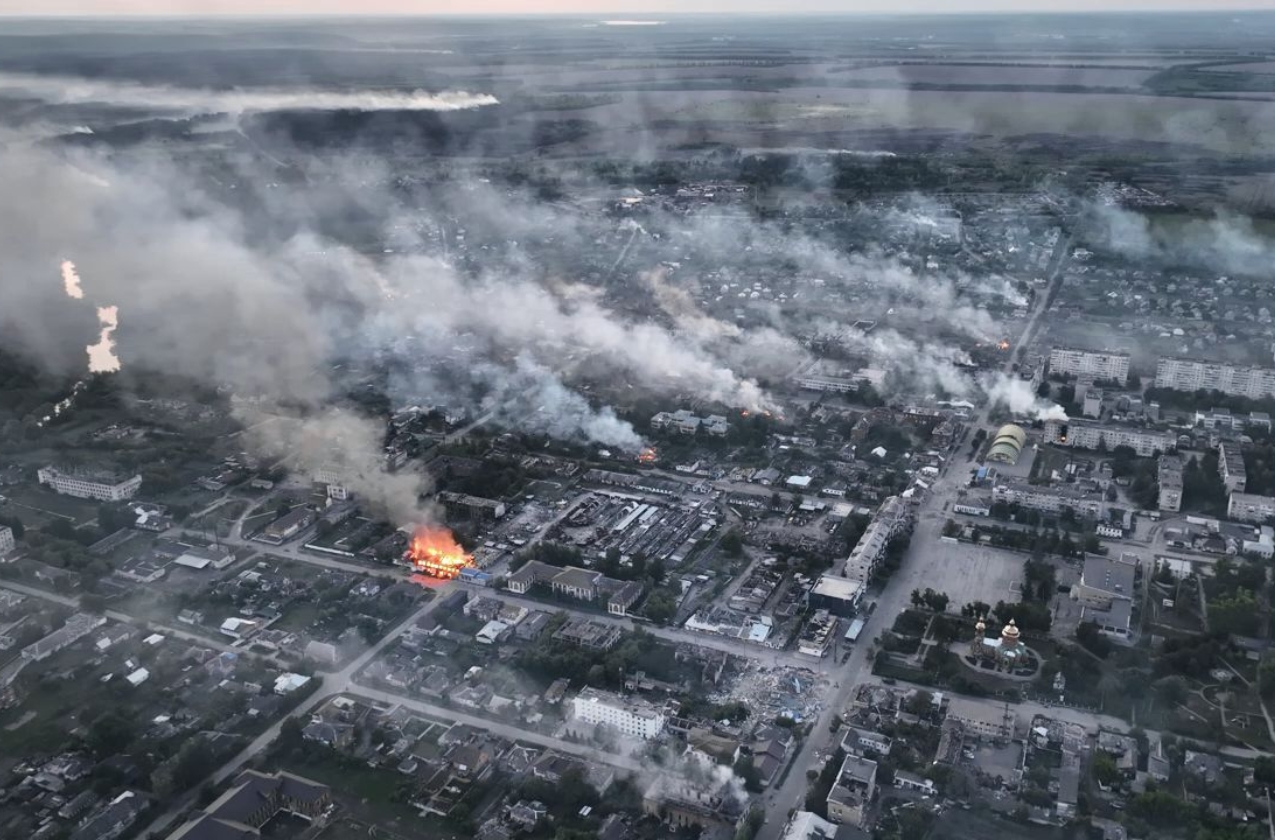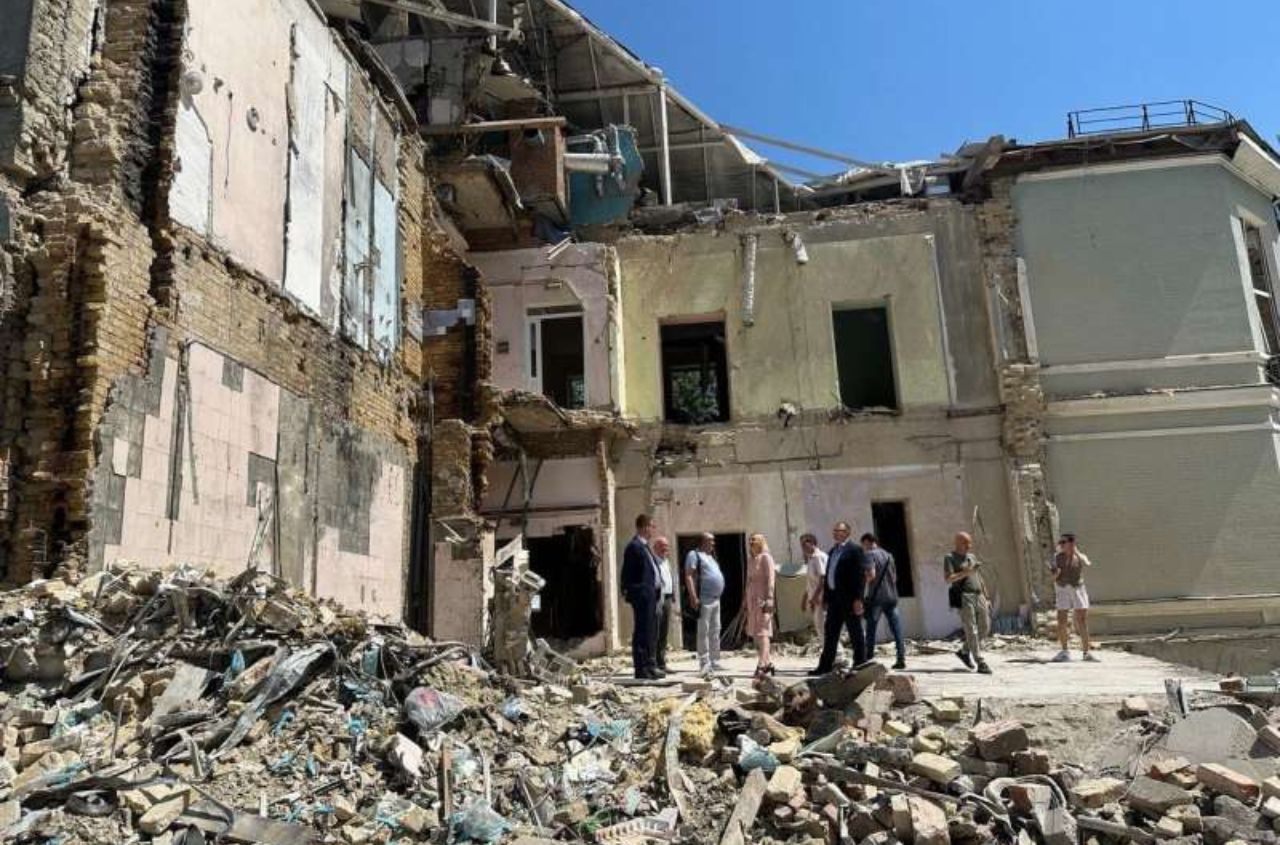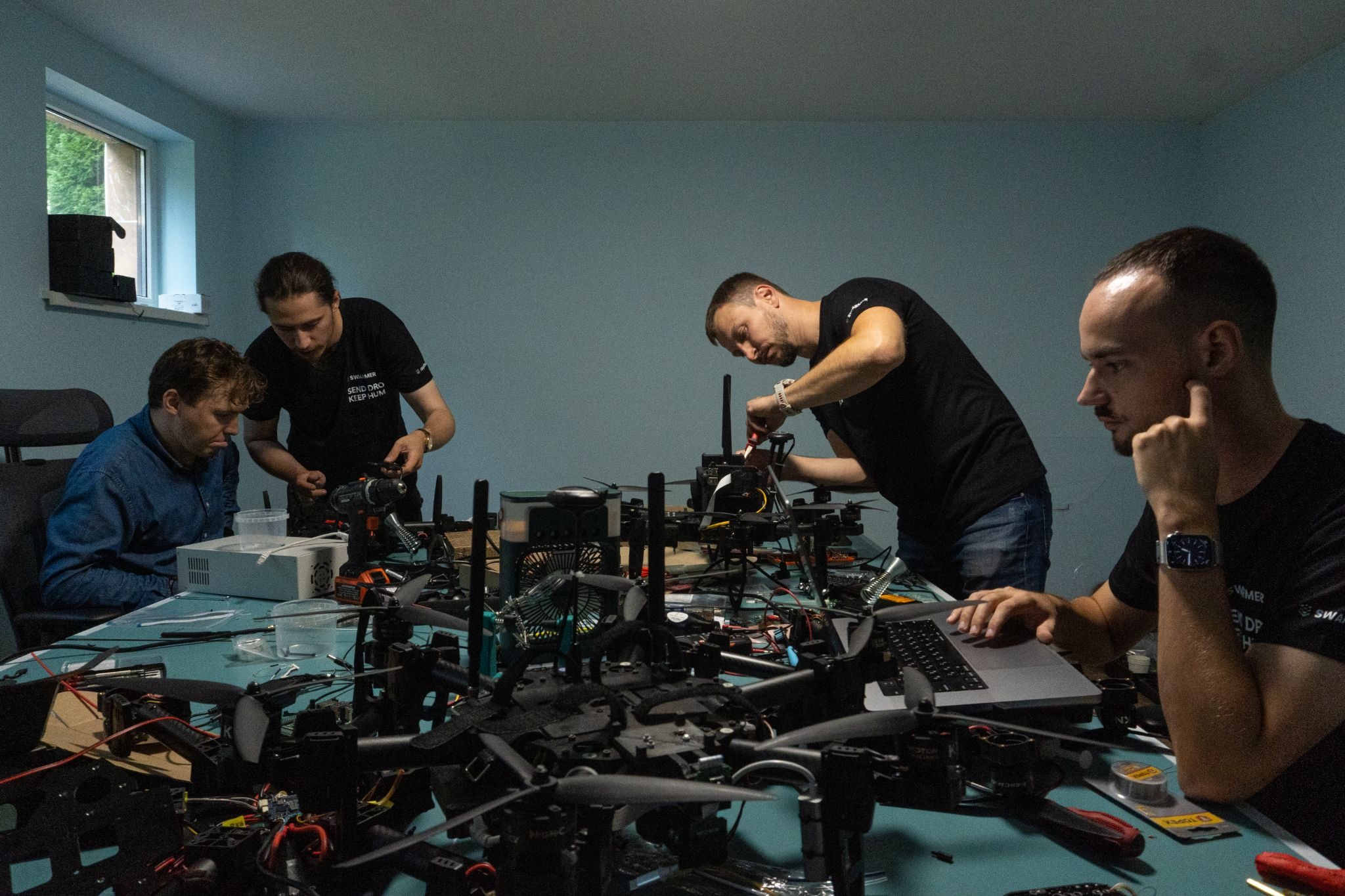In the Kharkiv region, the Russian army is most active around the Vovchansk area. The city is almost entirely destroyed, yet the invaders continue to launch assaults with small infantry groups.
This was stated by Pavlo Shamshyn, spokesperson for the Kharkiv Operational Tactical Group, during a television broadcast.
"The enemy is especially active, as usual, in the Vovchansk area and nearby settlements. There are practically daily assaults by Russian forces. They mostly attack in small infantry groups of three to five soldiers, covered by drones. Vovchansk, as a city suitable for living, has long ceased to exist. It is completely destroyed — not a single intact building remains — but the Russians continue to carry out assaults there," said Shamshyn.
Commenting on the fighting in the city itself, the spokesperson added that Ukrainian defense forces are holding a position on the northern bank of the Vovcha River, specifically on the grounds of the Aggregates Plant. The Russian forces are now making every effort to push Ukrainian units across the natural river barrier to the southern bank — but so far, unsuccessfully.
The situation also remains tense near the settlement of Dvorichna, where Russian troops are attempting to expand their foothold on the western bank of the Oskil River.
"Assaults also happen there nearly every day, especially near the settlements of Dvorichna, Kamianka, Fiholivka, Krasne Pershe, and Stroivka. But to pose a threat to Kupiansk from the north, on the right bank, the Russians need to build pontoon crossings over the Oskil and establish logistics. Just recently, they tried to install new pontoons again, but, as before, the attempt failed. Our aerial reconnaissance detected the approaching equipment, and it was destroyed," the spokesperson reported.
Shamshyn also noted that the Russian troops has intensified efforts near the settlement of Lyptsi, attempting to regain lost positions in the so-called “Berlin” forest area, as referred to by the Russian forces.
According to Shamshyn, Russian forces in this part of the front rarely use heavy or light vehicles, as they are quickly destroyed.
"Recently, the use of motorized vehicles, including quad bikes, has decreased significantly in the Kharkiv sector compared to May. In the past few weeks, there have only been one or two such incidents per week — much less than before. Apparently, either they’ve run out of such equipment or have shifted it to other directions they now prioritize," he explained.
He also emphasized that the Russian forces are not lacking in manpower and continues to apply pressure wherever it senses weaknesses in Ukrainian defenses.
"For quite some time now, the Russians have been pressing where they sense vulnerabilities. If they find a weak spot, they concentrate resources there and try to push. We’ve seen this on many parts of the front. The buildup is quite serious, but we don’t currently observe the formation of any reserves or strike groups that could break through the front and pose a threat to Kharkiv," Shamshyn stressed.
He added that while the Rusians uses a large number of drones, their air force activity in the Southern Slobozhanshchyna direction is not as intense as in other frontline areas.





















